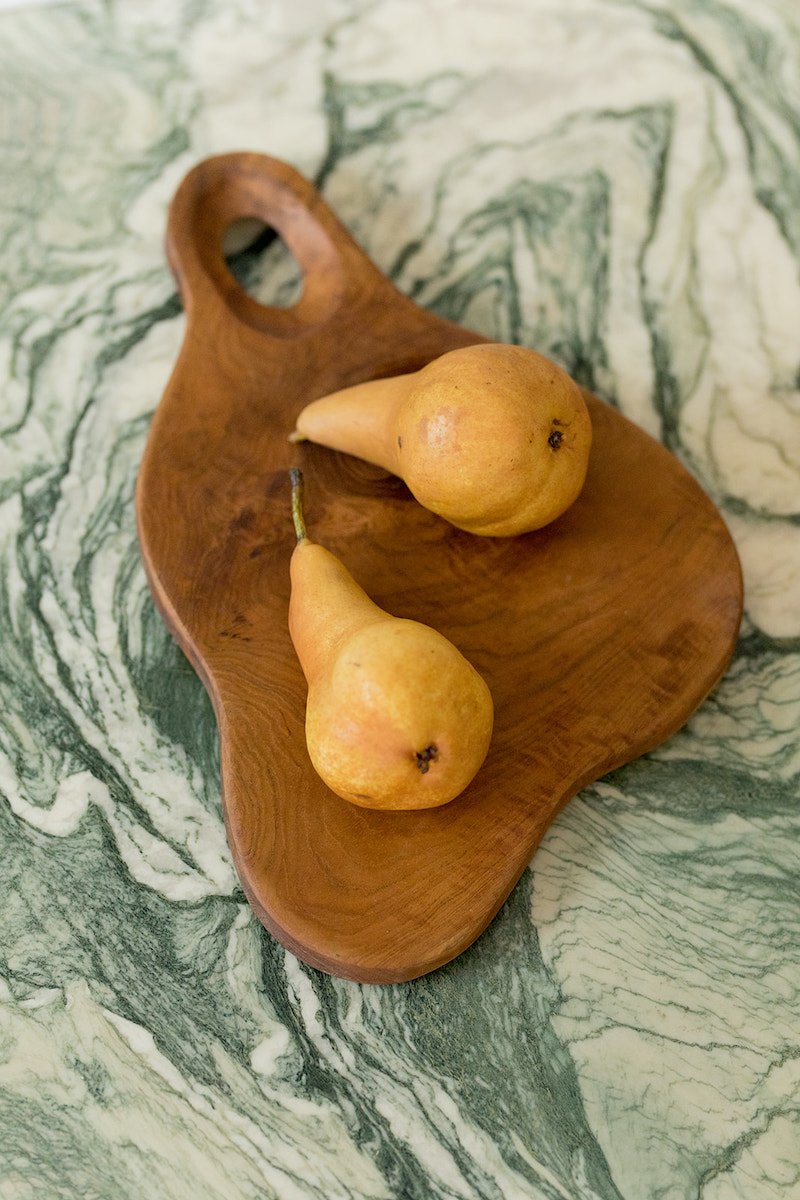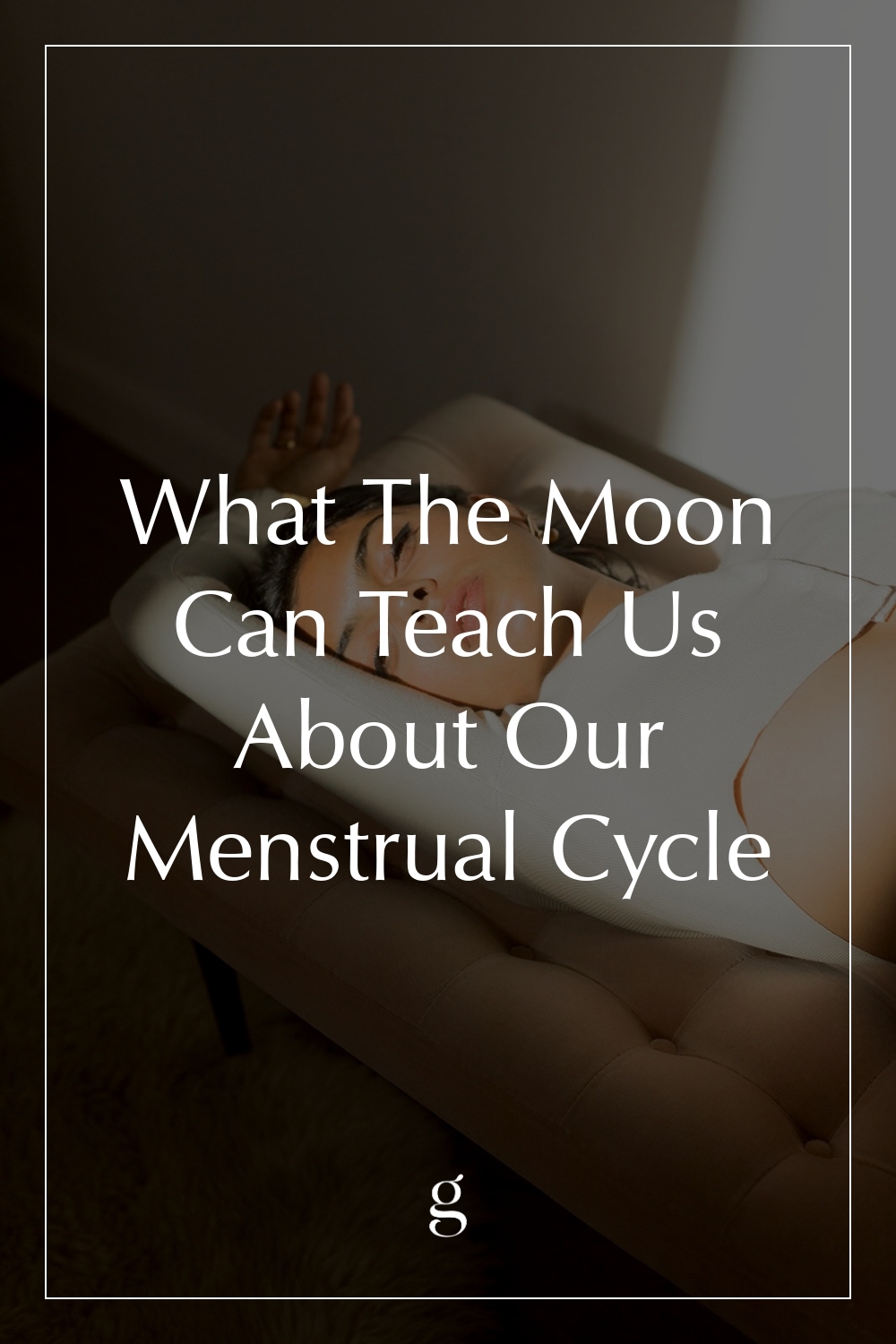
What The Moon Can Teach Us About Our Menstrual Cycle
Finding A Sacred Connection In Nature
Before we had apps and doctors, the moon represented a natural reminder of the ebbs and flows of our menstrual cycle. Turning to nature, specifically the moon and its phases, can help us reconnect with the rhythms of our body. Instead of looking at our periods as a frustration, we can return to the root of this beautiful, natural experience and examine our bodies more closely and thoughtfully.
In some Eastern beliefs, the moon is considered feminine and the sun masculine. Today, research explores how men’s hormonal turnover is within the 24-hour circadian rhythm based on the sun, while a menstruating person’s hormones correspond more with the Infradian rhythm. This is associated with the 28 days of the month/menstrual cycle and the 28 days of the lunar cycle.
If you’re looking for a new way to examine your monthly flow, here’s what we can learn from the phases of the moon —and get more deeply connected with the rhythms of our cycles.
How Menstruation Can Align
With Moon Phases
The moon has four primary phases: Waxing, Full, Waning, and New. A menstruating person’s cycle is also broken into four phases: Follicular, Ovulatory, Luteal, and Menstrual. Each phase can be associated with the energy of the moon; still, everyone’s cycle is different and might not sync up exactly like the below phases. If your period is particularly irregular, talk with your doctor about potential remedies for regulating your cycle. And whether you’re synced with the moon or not, we can always explore these phases as ways to meditate on our own process of change throughout each month.
Before reading about each phase, I suggest downloading the app My Moontime.
Waxing Moon / Follicular Phase
“Think strategically and mediate on goals.”
In the Follicular phase, the brain’s pituitary gland releases a hormone stimulating the follicle, which is holding an immature egg. During a waxing moon, the moon is also preparing for its next phase, just like the body during the follicular phase.
This moon phase offers us a time to dive deeper into pursuits and expansion within friendships and business. Use this space to think strategically and mediate on goals.
Full Moon / Ovulatory Phase
“Release that which does not serve you in your pursuits.”
This phase is considered the second half of a cycle and occurs about 13-15 days before the start of the next period. An egg is released from the ovaries into the fallopian tube. Progesterone levels are going through fluctuations as estrogen levels are rising.
Historically, and in some ancient cultures, when a menstruating person had their period on a full moon, they were considered a healer. When in the ovulation phase, the full moon offers heightened, alert energy. Use this time to release that which does not serve you in your pursuits.
Waning Moon / Luteal Phase
“Incorporate soothing rituals into your schedule.”
In the luteal phase, testosterone, progesterone, and estrogen are at their peak levels. They are working together to rebuild the uterine lining. Estrogen thickens the uterine lining, and progesterone keeps the uterine lining in place.
As the moon is pulling away and entering into a phase of darkness, our bodies might start to feel this energy. Especially for those who menstruate on a new moon, the body is preparing for rest. Use this window to practice self-care. Incorporate soothing rituals into your schedule, such as baths, naps, and gentle stretching to deepen emotional and mental energy.
New Moon / Menstrual Phase
“Rest…and work on releasing negative thinking habits.”
The menstrual phase begins at the first day of your cycle. It is in this phase that the body sheds the uterine lining. Of course, everyone experiences their flow differently. The key is to honor the body and give it grace during this intense phase.
The New Moon helps to quiet the body and mind. It is the perfect time to find rest. It is also a wonderful time to journal and work on releasing negative thinking habits. There can be a sleepy, almost dreamy feeling associated with a new moon. If your period falls on a new moon, find peace and honor your body by slowing down.
Using the moon to guide us in understanding our bodies on a deeper level takes time. When starting out, allow for about two months of moon tracking to see alignment within your cycle and the moon. Study your body, mind, and the moon phases. Practice recording what you are experiencing in each phase with a period tracking app. Most of all, remain curious about your body and what you are feeling throughout your cycle.
“Most of all, remain curious about your body and what you are feeling throughout your cycle.”
To learn more about cycle syncing and moon phase tracking, check out these additional resources:
Read: Simple Seed Cycling Tips For Balancing Your Hormones Through Food
Listen: Working With Your Menstrual Cycle For Optimal Living with Alisa Vitti
Save: This menstrual cycle and lunar cycle art
🌙 We would love to hear your experiences with moon tracking in the comments below! 🌕
RELATED READING
Courtney Jay is a writer at The Good Trade. She is also a yoga instructor, health enthusiast, and sustainable fashion advocate. She believes the most powerful way to nurture the planet is to nurture ourselves. You can find more of her writing and take one of her online yoga classes on her website Coincide.






